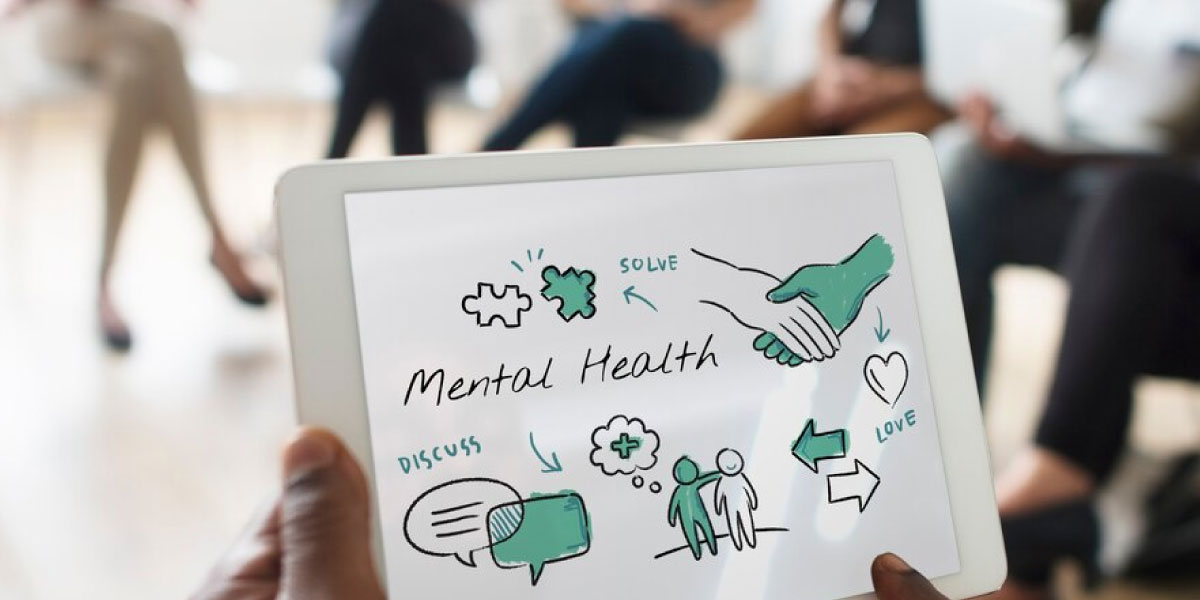While mental health awareness has grown significantly, much of the focus remains on managing large-scale life events or acute stressors. However, recent studies suggest that it’s often the accumulation of small, daily pressures—known as micro-stressors—that erodes our mental well-being over time. In this blog, we’ll explore how these minor, everyday stressors can silently lead to serious mental health conditions, the science behind their accumulation, and the importance of proactive strategies in the workplace.
What Are Micro-Stressors?
Micro-stressors are the minor but persistent challenges that individuals face daily, from a crowded commute or frequent interruptions to subtle feelings of inadequacy. Though small, the real impact lies in their collective build-up, much like micro-fractures in materials that eventually cause significant damage. Each small stressor adds to an individual’s mental load, creating pressures that wear down their resilience over time.
The Impact of Micro-Stressors on Mental Health
1. The Build-Up Effect
According to the Health and Safety Executive (HSE), over 800,000 cases of work-related stress, depression, or anxiety were reported in the UK in 2022/23, with workplace stressors cited as a primary factor. Unlike acute stress, micro-stressors gradually accumulate, creating a constant low-level stress response that can impair cognitive functioning, drain emotional energy, and lead to physical health symptoms like insomnia, fatigue, and muscle tension.
2. Why Small Stressors Matter
Each time an individual encounters a micro-stressor, the body’s fight-or-flight response releases cortisol—the stress hormone. Although small bursts of cortisol can aid alertness, a continuous presence leads to cortisol build-up, impairing immune function, sleep quality, and brain structure.
3. Micro-Stressors vs. Major Life Events
While significant life events can be challenging, they often come with social support or structured responses. Micro-stressors, in contrast, may go unnoticed, leading individuals to bottle up emotions. This unacknowledged build-up can eventually lead to “micro-stressor overload,” manifesting as chronic stress, burnout, and, in severe cases, depression and anxiety.
Statistics on Mental Health in the Workplace
The HSE reports that in 2022/23, approximately 17 million working days were lost due to work-related stress, depression, or anxiety. Furthermore, NHS data reveals that nearly 20% of UK adults experience symptoms of depression and anxiety, with an increase post-pandemic. These statistics highlight the urgent need to address stressors in the workplace, not only to improve well-being but also to boost productivity.
The Role of Micro-Stressors in Workplace Mental Health
Micro-stressors are a silent but pervasive part of the workplace. A 2023 survey conducted by the Mental Health Foundation found that frequent interruptions, minor conflicts, and excessive workloads were among the most common daily stress sources. In high-pressure settings, micro-stressors magnify, leaving workers mentally and emotionally drained.
Strategies for Managing Micro-Stressors in the Workplace
1. Acknowledge and Normalise Micro-Stressors
Managers can create a culture where discussing everyday challenges is encouraged, reducing the stigma around stress and promoting a supportive environment. Training such as our Supervising First Aid for Mental Health course equips leaders to recognise early signs of stress and provide support to their teams effectively.
2. Implement Routine Check-Ins and Flexibility
Regular check-ins provide a space for employees to discuss how they’re coping with workloads and daily pressures. Flexibility in scheduling allows employees to manage micro-stressors by accommodating personal needs, reducing pressures related to commuting, family obligations, or other factors.
3. Encourage Micro-Breaks
Encouraging short, frequent breaks throughout the day allows individuals to reset and recharge, reducing the impact of daily stress. This practice is particularly effective in high-pressure roles and can be integrated into a broader understanding of mental health through our Mental Health Awareness eLearning, which provides essential insights into recognising and managing stress.
4. Provide Access to Mental Health Resources
Offering access to mental health resources, from counselling services to stress management workshops, signals to employees that their mental health is a priority. Mental health awareness training can give all team members the tools to understand and manage their own stress, as well as support others.
5. Cultivate a Positive and Inclusive Culture
An inclusive culture significantly reduces the impact of micro-stressors. When employees feel valued, respected, and heard, they are more resilient to minor challenges. Encouraging teamwork and empathy creates an environment where employees feel comfortable voicing concerns.
6. Training for Situational Awareness
Training employees to recognise when they are experiencing stress and how to respond to it can empower them to manage micro-stressors effectively. Programs like our Mental Health Awareness eLearning provide the knowledge and skills necessary to identify stress signals and enable timely interventions.
Conclusion
In the same way that micro-fractures can compromise the stability of physical structures, micro-stressors can erode mental health over time. Organisations that take proactive steps to address these small, daily pressures can foster a healthier, more resilient workforce. By normalising discussions about stressors, implementing flexible policies, and providing mental health resources, organisations can minimise the impact of micro-stressors and support employees in thriving.




